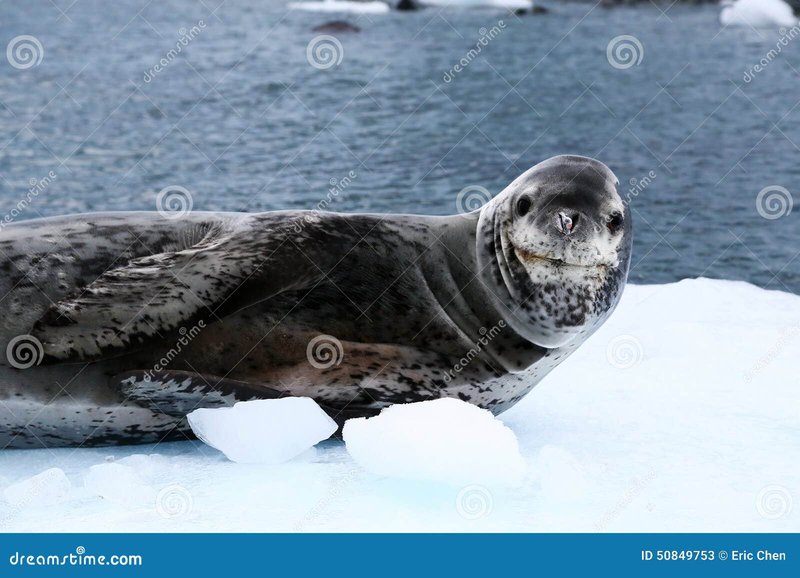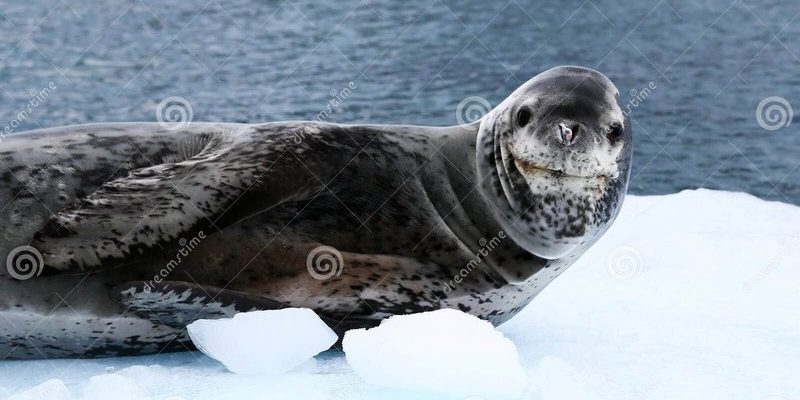
Let’s dive into the world of leopard seals and explore how they navigate their frigid habitat and communicate with one another. With their unique adaptations and behaviors, these seals offer us a glimpse into the incredible ways animals thrive in extreme environments. So grab your favorite hot drink, and let’s chat about these amazing marine mammals.
Understanding Leopard Seal Navigation
Leopard seals, like many marine animals, rely on a mix of environmental cues and instincts for navigation. They have acute hearing and excellent vision, which help them detect changes in their surroundings. You might be wondering how they manage to find their way through the vast, often ice-covered seas. The answer lies in their ability to interpret a variety of signals around them.
One key aspect of their navigation is their ability to use sound. Underwater, sound travels much faster and farther than it does in air. Leopard seals can hear low-frequency sounds that travel long distances. This auditory perception allows them to pick up on the calls of other seals or even the sounds of ice breaking. Additionally, they can use echo-location, similar to how bats navigate, to understand their surroundings better. This skill helps them avoid obstacles and locate prey.
Another crucial factor is their reliance on visual cues. Leopard seals have excellent eyesight, enabling them to spot differences in color and light underwater. They can distinguish between the shimmering blue of open water and the stark white of floating ice. This ability allows them to navigate through their environment effectively, ensuring they can find food and avoid potential dangers.
The Role of Ice in Navigation
Ice plays a critical role in how leopard seals navigate their environment. Since they often hunt near ice floes, understanding the dynamics of floating ice can be crucial for their survival. These seals are known to adapt their hunting techniques according to the ice conditions around them.
When ice is abundant, leopard seals often rest and hide under the cover of these floating masses. They can launch quick, stealthy attacks on unsuspecting prey like penguins or fish. However, when ice is scarce or breaking up, they need to adjust their strategies. This adaptability is vital, as it allows them to thrive even in changing conditions.
Interestingly, they also use ice as a social network. Leopard seals often gather in groups on ice floes, which provides a platform for social interaction and communication. It’s kind of like how people gather at a café to chat and connect. These gatherings can be crucial for establishing social bonds, especially among younger seals learning the ropes from their elders.
Communication Methods of Leopard Seals
You might think that communication among leopard seals would be limited to simple sounds, but they have a rich language of their own. These seals are known for their distinct vocalizations, which include a range of sounds from deep growls to high-pitched calls.
These vocalizations are essential for maintaining social connections and signaling their presence. For instance, a leopard seal might use a specific sound to alert others to the availability of food or to warn of potential threats. This communication is especially important during the breeding season when male seals vocalize to attract females and establish territories.
Visual signals are also part of the leopard seal’s communication toolkit. They use body language, such as posturing and movements, to express their mood or intentions. A seal might arch its back or raise its head above water in a display that conveys confidence or aggression. This visual communication adds another layer of interaction among these fascinating creatures.
Social Structure and Interaction
Leopard seals are generally solitary animals, but they do exhibit social behaviors, especially during certain seasons. Their social structure can be quite fluid, with seals coming together in groups only when necessary, such as for breeding or feeding.
During breeding season, males may gather in specific areas and engage in vocal duels to showcase their strength and attract females. This competition can get quite intense, with seals displaying powerful vocalizations and physical posturing. These interactions are crucial, as they help mate selection and establish dominance among males.
Outside of the breeding season, leopard seals may interact less frequently. However, when they do come across one another, they engage in mutual grooming or playful behaviors, which help reinforce social bonds. This occasional social interaction is essential for their overall well-being, as it provides opportunities for learning and connection.
The Importance of Navigation and Communication
The ability of leopard seals to navigate effectively and communicate with one another is vital for their survival. These skills allow them to find food, avoid predators, and establish social connections. In the harsh environment of Antarctica, where resources can be limited, having these abilities is the difference between thriving or struggling in the wild.
Moreover, understanding how leopard seals navigate and communicate gives scientists insight into the health of their ecosystems. Changes in their behavior may signal shifts in the environment, such as ice melting due to climate change. Conservation efforts can then be tailored to ensure these incredible creatures continue to thrive.
Leopard seals play a crucial role in the marine ecosystem. They help control fish populations and are a vital part of the food web. By studying their navigation and communication, we can better appreciate and protect these magnificent animals.
Leopard seals are more than just beautiful creatures swimming through icy waters; they are skilled navigators and communicators, adapting to their environment in incredible ways. From their keen senses to their complex social structures, these seals remind us of the fascinating intricacies of life in the wild.
By understanding how leopard seals navigate and communicate, we not only gain insight into their world but also learn about the importance of conserving their habitat. Let’s cherish and protect these amazing animals and their icy homes for future generations to admire and study. The next time you think about leopard seals, picture them gliding effortlessly through the chilly waters, using their remarkable skills to thrive in one of Earth’s most extreme environments.

